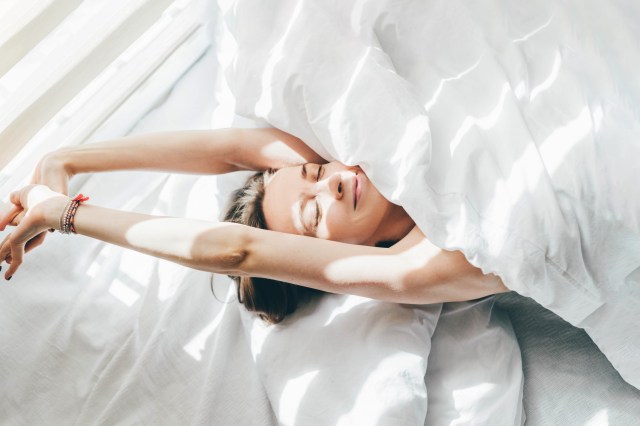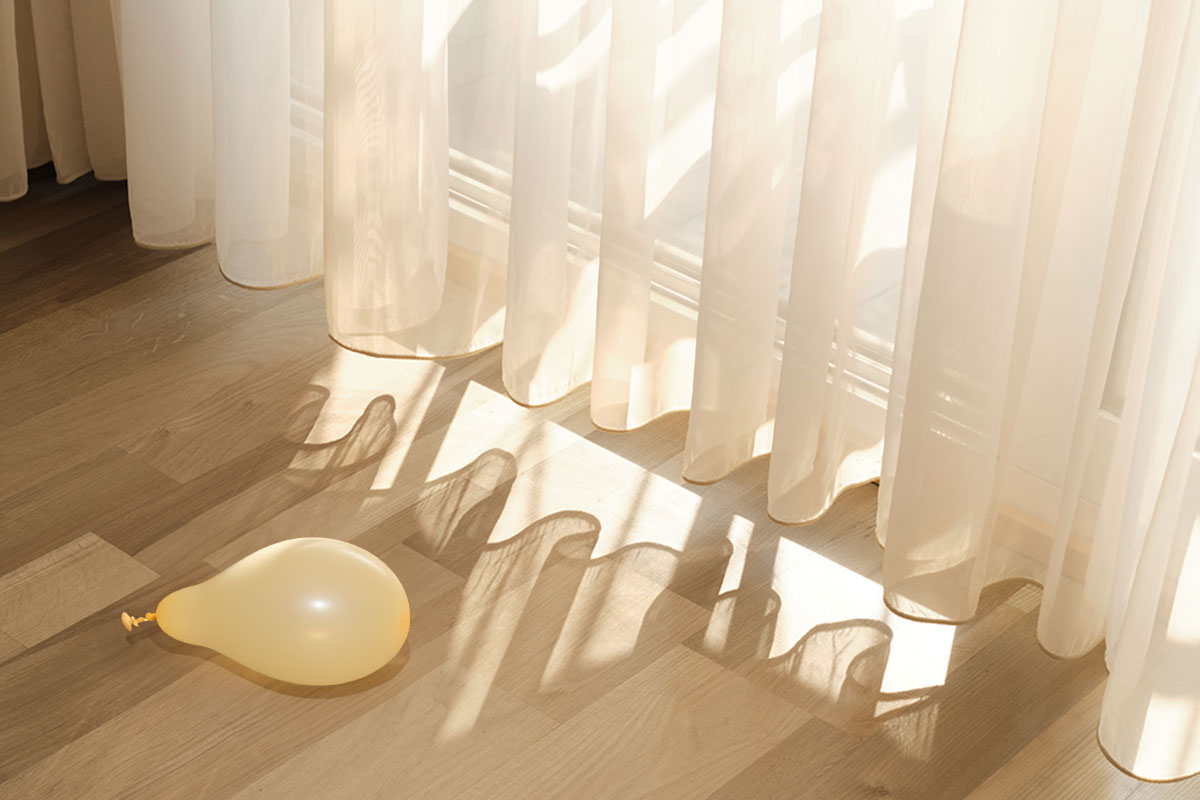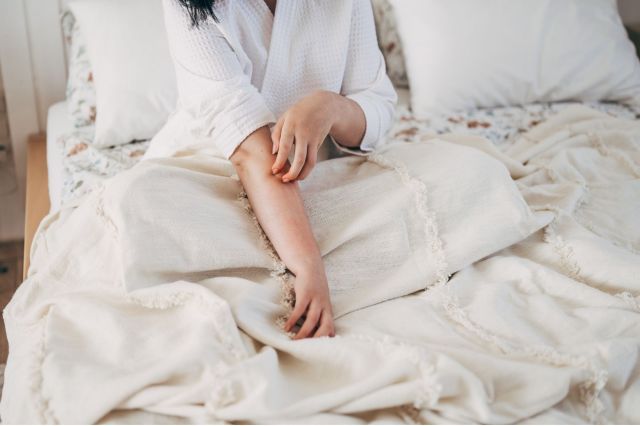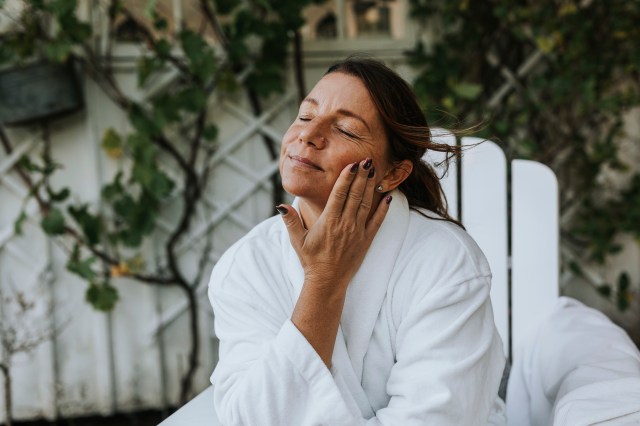My wife is an on-and-off earplug user, but she only ever uses the silicone ones — albeit the trendy, slightly more expensive Loop earplugs. They were dense and blocked out noise — the dull roar of a nearby highway, our air purifier, the heat kicking on, a car parallel parking on our narrow city street, a bar emptying, my snoring, so she says — but regularly disappeared into our bed. And, she has a habit of falling asleep to a podcast — one, I’ll add, that I particularly like. So, when sleep evades her, she’ll ask, “Can we put a podcast on?” Together, her earplugs and my podcast would be an unbeatable force in our bedroom — she’d be fast asleep every night. Unfortunately, it doesn’t work that way. If she wears the earplugs, she can’t hear my podcast. While silence might eventually help her get some shut-eye, the podcast works quicker, and falling asleep to them is an increasingly common habit — there are even dedicated “sleep podcasts.”
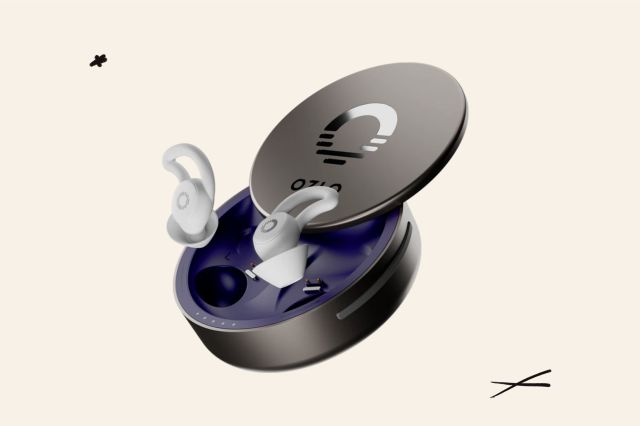
Ozlo Sleepbuds
My wife said they worked wonders only a few nights into testing Ozlo’s Sleepbuds. Often on sale, the set comprises your buds, a case (with a non-slip silicone base), four sizes of silicone tips, and a USB charging cable. The accompanying app is free, and stores valuable insights into your rest habits, but also allows you to pick your soundscape, control your regular music, or read more about sleep science.
They’re Earplugs That Can Play a Podcast, Automatically Switch to Sleep Sounds, and Still Play an Alarm
So, fulfilling my husbandly duties, I sought out a solution: find her earplugs that could play her favorite podcast — I say that sarcastically, though, because, when awake, she does like listening to it too — but power off once she fell asleep. Something with a sleep timer and sound quality like an earbud, but with the ability to block out noise — and not just with omnipresent whirr of noise cancellation tech. The Ozlo Sleepbuds let her choose music, a podcast, a meditation, or an audiobook from separate apps (e.g., Spotify) or one of Ozlo’s pre-loaded white- or pink-noise soundtracks. They’re expectedly fluid, rising and fading within each minute, but actually adjust to your body metrics and what’s happening around you. So, if light is polluting your room, the accompanying case, which you’re supposed to keep at your bedside, detects it and adjusts accordingly, reshaping the soundscape to keep you asleep. The same goes for noise pollution or temperature changes. (It’s a little weird that the pocket-sized case can do this, I’ll admit.)
The best part is that she didn’t have to choose one or the other, so she didn’t have to commit to white noise if she really wanted to listen to a TED Talk instead. She could set herself up, get tucked in, put on the playlist, album, or podcast of her choosing, fall asleep to it, and then be gently switched over to one of their “masking” sounds, which range from Crimson Cloak, a hand gliding across fabric-like wave that evokes the color red, to Soar, which recalls the roar of an airplane cabin, as soon as her Sleepbuds determined she was asleep. She preferred the one that sounded the least like a real-world thing, which meant we went with Crimson Cloak. (This feature was still in a beta phase at the time of testing, but it works by quietly pausing your song or podcast and replacing it with your chosen sleep sound.) And while other earplugs would make her miss her alarm the next morning, the Ozlo Sleepbuds have one, as expected, built in. The chime will play directly in your ears, slightly louder than the sleepscapes, to ensure you do indeed wake up.

They’re Barely There, But Is That a Bad Thing?
Throughout the night, without her noticing (because she was asleep, which, I guess, is the point), it tweaked itself to her body and her environment: her temperature, the room’s temperature, her breathing pattern, the light levels. But, like that famous philosophical thought experiment about trees falling in the forest, can my wife really know the soundscape responded to either if she wasn’t awake to notice? You see, that’s, in theory, the entire point, but we both couldn’t get past this. To date, she’s only used the earplugs when she needs them, so someone who is constantly exposed to the soundtrack might pick up on the subtleties it deploys after midnight better than my wife would, who, so long as the Sleepbuds worked, would never hear other iterations.
As for fit, to her surprise, they were wedgely snugly into her ear. A suite of silicone tips helps you find the right size for your ear, ensuring they don’t feel loose and do indeed create an additional sound-blocking seal. The base of the Sleepbud sits in what she and I called her ear’s “pocket.” Technically, it’s the “concha,” the deep, bowl-shaped hollow in the center of the external ear. The Sleepbud is the right size to sit comfortably in there, even when she sleeps on her side, without pressing into her ear or causing any skull pain. When I tried them on, albeit with one of the larger silicone tips, I thought they were among the most comfortable earbuds I’d worn, even if I have ones with better audio quality.

We could see these events and a snapshot report of her prior night’s sleep in the app as soon as her Sleepbuds were placed back into their smart case, which is only slightly bigger than your regular plastic earplug container. This generated report, which Ozlo calls Sleep Patterns, assigns scores to three essential goals: duration, consistency, and efficiency. Using a mix of self-reporting and app-tracked metrics, you get a holistic sense of how you slept, complete with insights you probably wouldn’t have picked up on — like how your husband’s habit of staying up late to watch sports impacts your nighttime routine. The self-reporting part does have to happen in the AM, though, and typically first thing: when your buds get put back into their case, your sleep data starts to sync. Then, you’re asked to rate how you are feeling and how you slept. Options range from “OK” to “Tired” to “Refreshed.”
Featured Image Credit: Maria Korneeva / Getty Images
Reader Favorites
More From Our Network
Better Report is part of Inbox Studio, which publishes content that uplifts, informs, and inspires.
